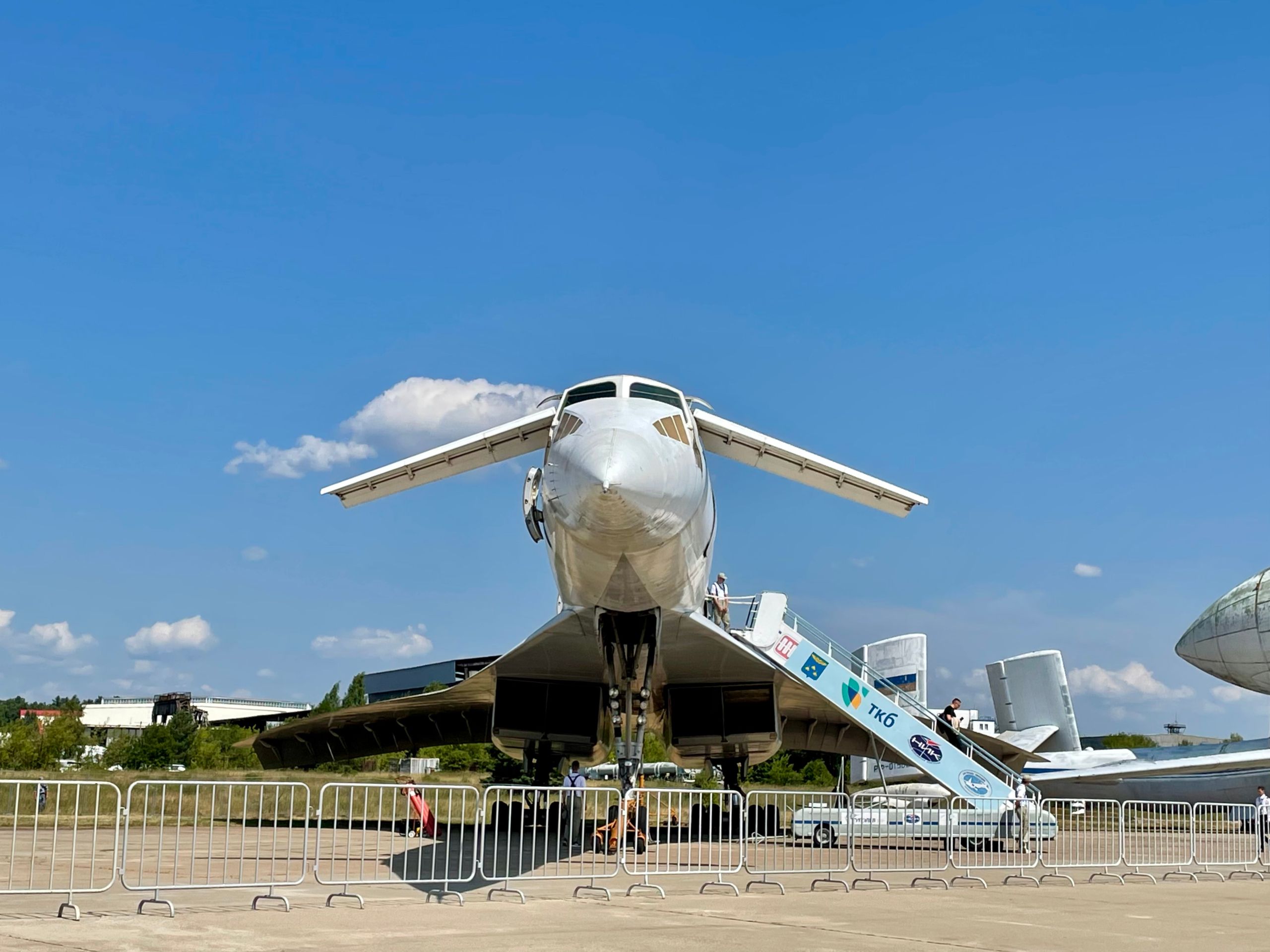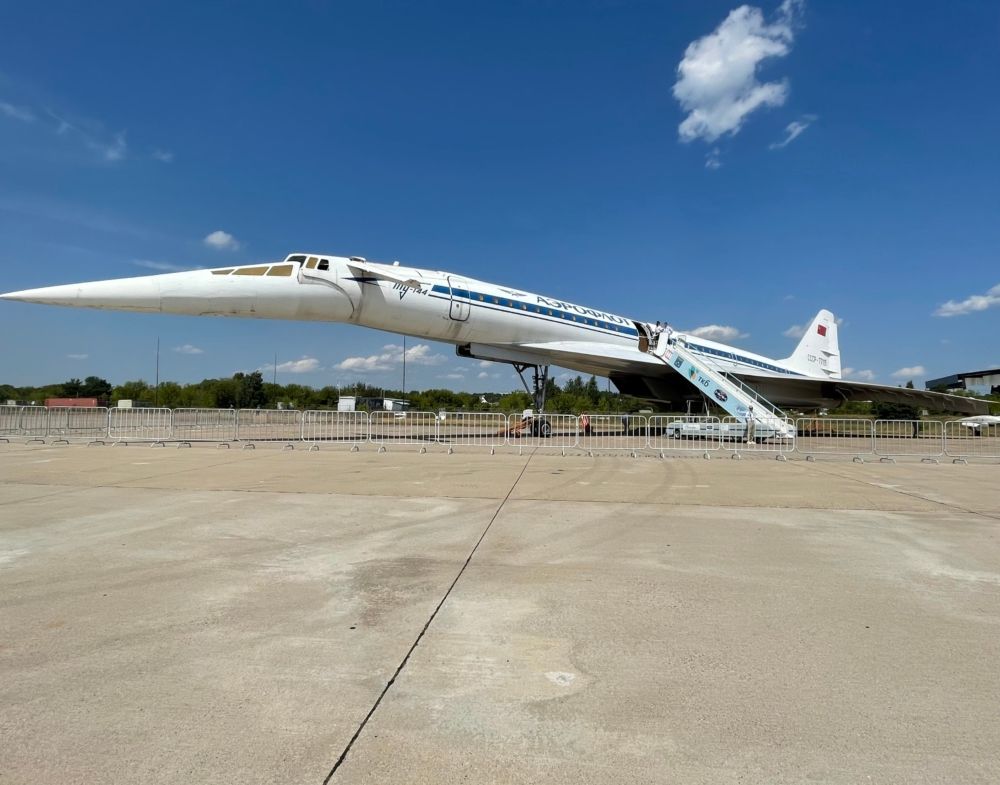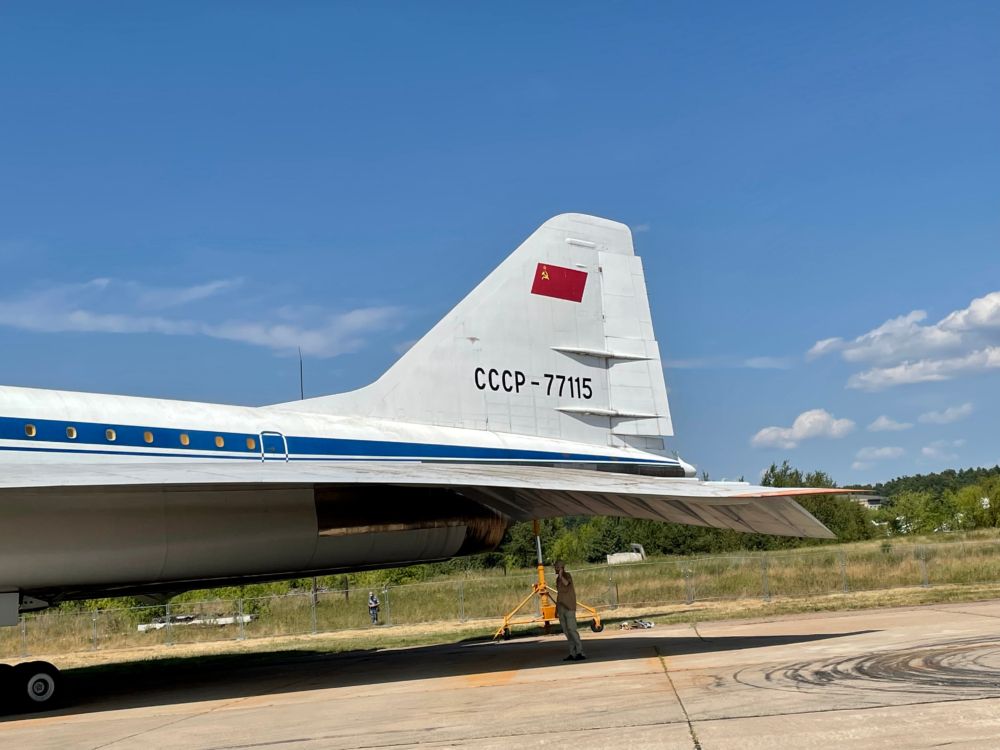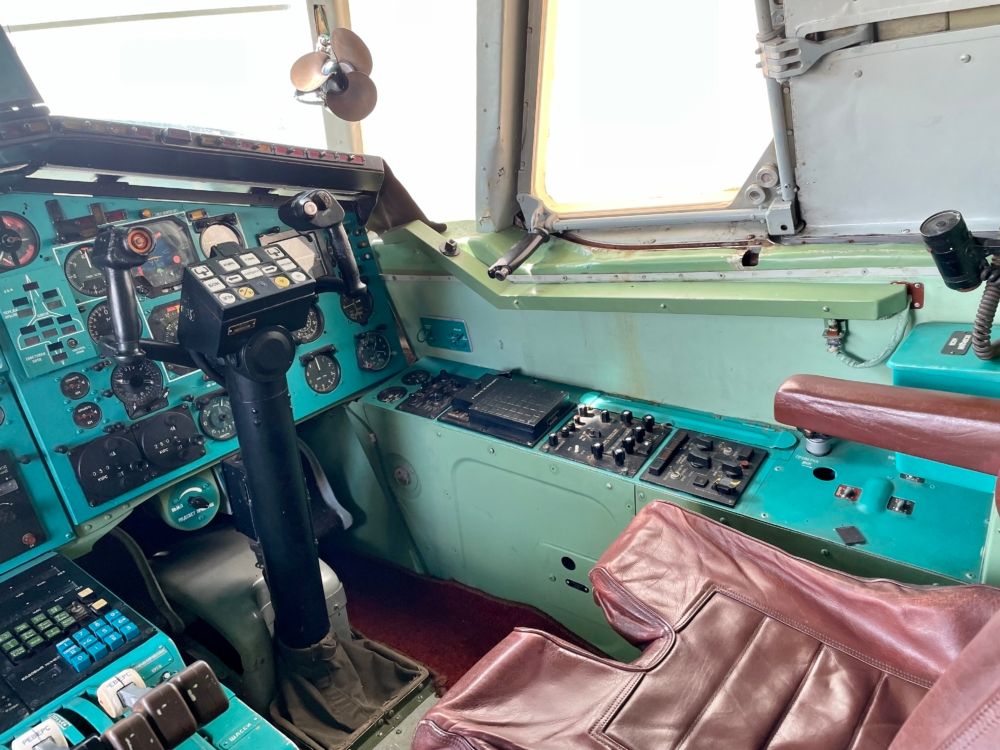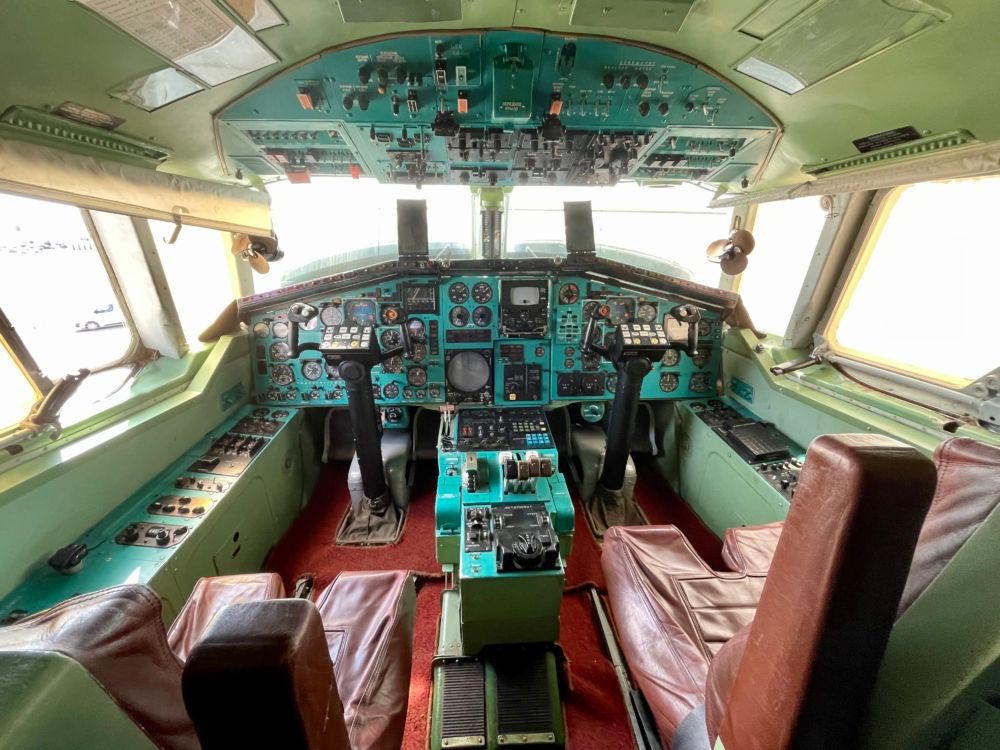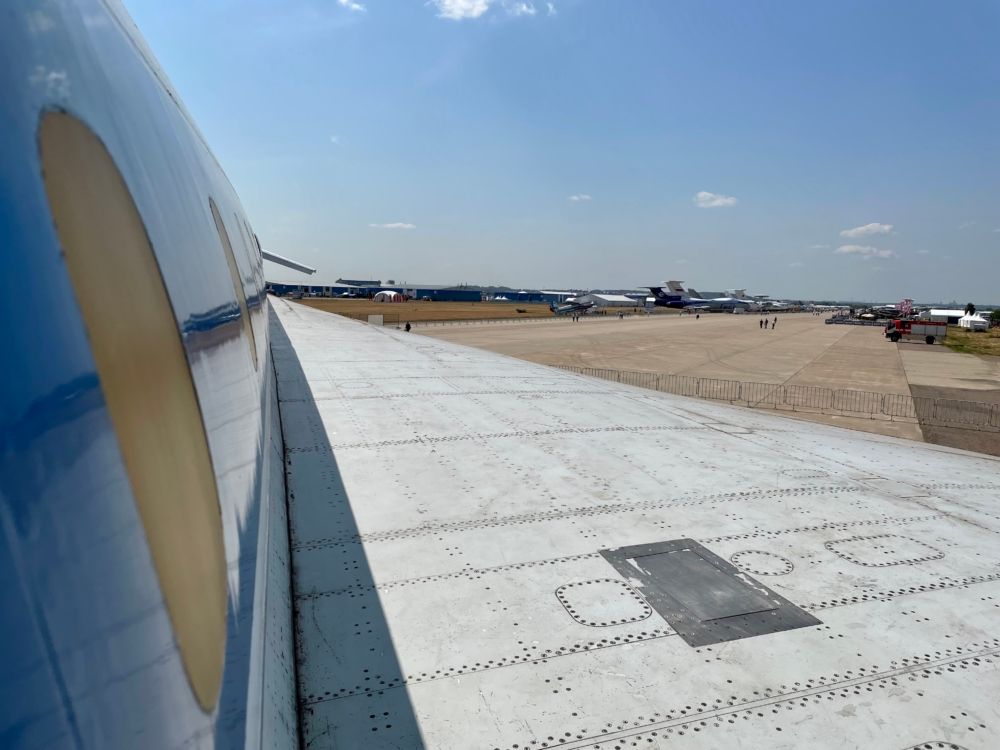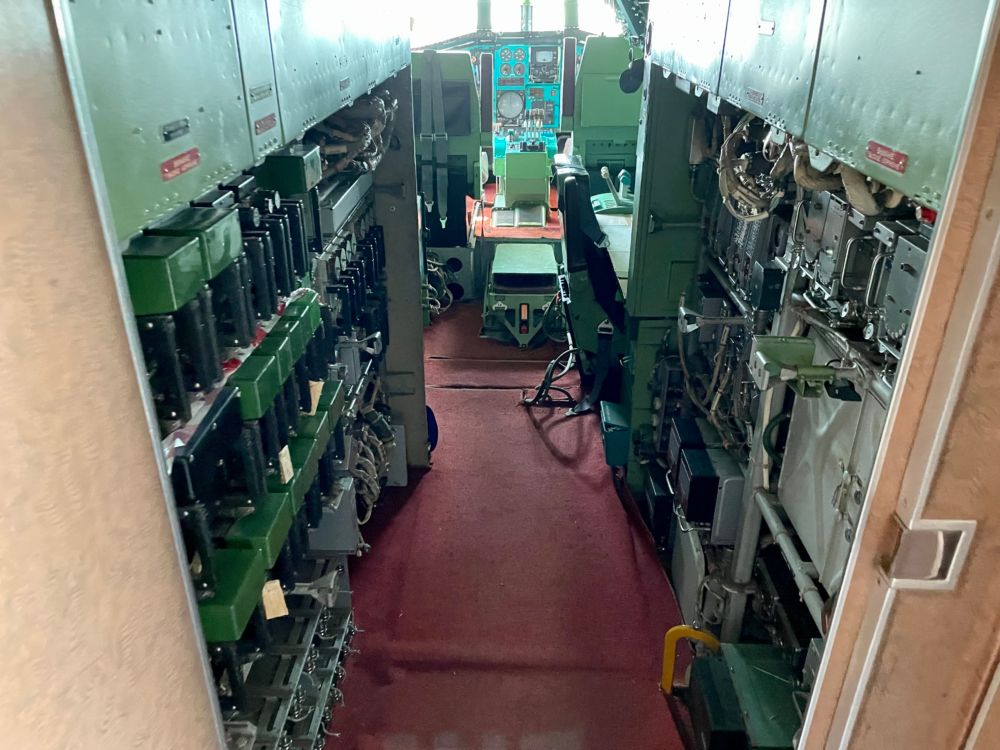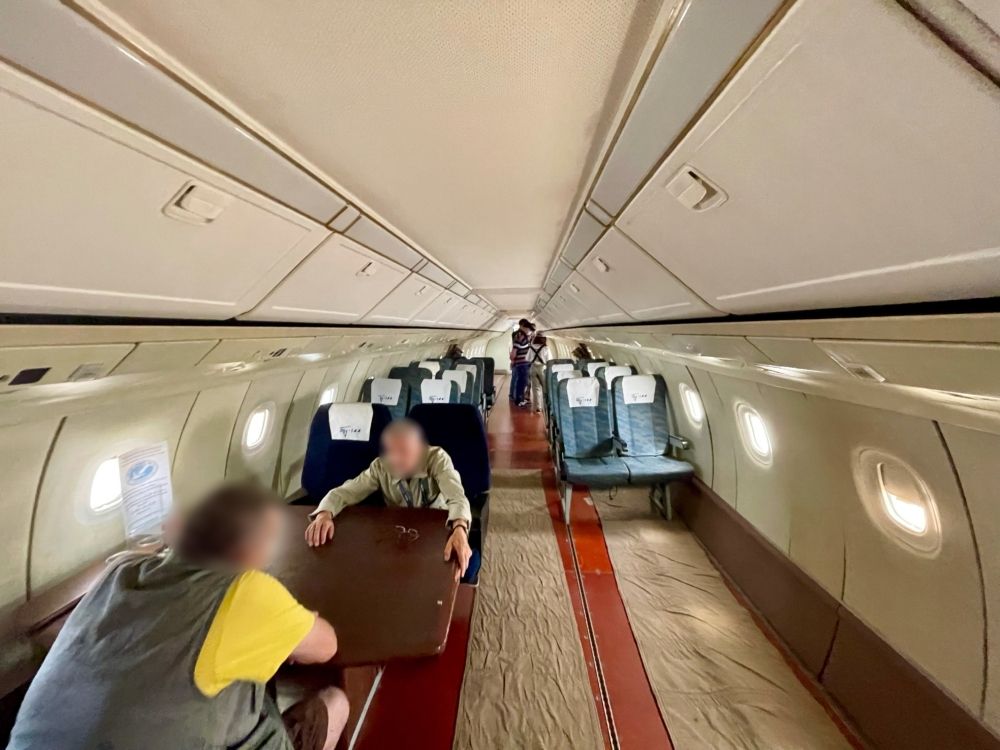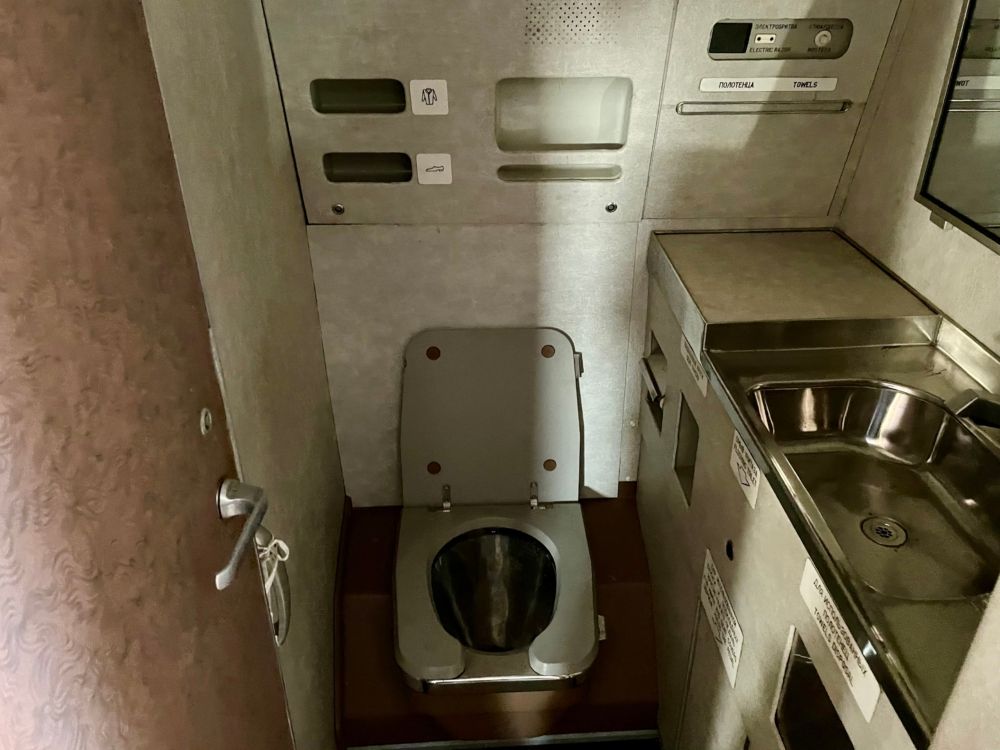The Tupolev Tu-144 didn’t fly for long. However, being the first supersonic commercial plane to hit the skies, there were several factors to consider when designing the aircraft before it was introduced in 1975.
The first to the post
British–French turbojet Concorde flew for the first time on March 2nd, 1969. However, it was the Soviet Union's Tu-144 that kicked off supersonic commercial flight. The plane flew for the first time on December 31st, 1968, at Moscow Oblast’s Zhukovsky Airport.
The Soviet airliner was designed with a length of 65.7 m (215 ft 7 in), a height of 12.55 m (41 ft 2 in), and a wingspan of 28.8 m (94 ft 6 in). Notably, these figures meant that it was around 12 feet longer and 10 feet wider than the Concorde. The higher numbers don’t stop there. Concorde’s top speed of Mach 2.04 meant that the Tu-144 was also faster than its rival, flying with a top speed of Mach 2.15.
Stay informed: Sign up for our daily and weekly aviation news digests.
Room for improvement
Nonetheless, the Tu-144 fell short in several notable areas. For instance, the Tu-144 had a range of 3,500 NM (6,500 km). This range was 400 nautical miles fewer than the Concorde’s. The Western European program also had better aerodynamics, weighing 22 tons lighter than the Soviet production, allowing for greater efficiency.
Additionally, the Tu-144 was more challenging to control at low speeds. Therefore, small wings near the nose were required. These were named canards, and they extended at takeoff and landing to offer a better lift. Parachutes also appeared from the tail to slow the aircraft after touching down. Whereas the Concorde had carbon-based brakes to help slow it down after landing.
The Tu-144's airframe structure mainly consisted of common alloys. The wing was designed with symmetrical profiles and had a complex longitudinal and lateral twist which helped bring the best flow at supersonic speed. The twist also helped improve longitudinal trimming in these conditions.
The flight deck
The cockpit was built with the ergonomic requirements of the times. Two front seats were designed for the pilot and co-pilot while the flight engineer's seat was situated behind. A fourth seat was intended for an engineer in the first prototype.
Pilots made use of the instrument panel display to see where the plane was during a specific moment. They could also see how many kilometers were left to reach their destination. Moreover, the autopilot and airborne computer-assisted with automatic heading, combining with additional features to allow the pilots to operate under severe weather conditions whether it was night or day. These aspects may seem standard now, but they were significant in Soviet aviation at the time.
Operational troubles
The Tu-144’s prototype, CCCP-68001, conducted its first flight at the end of December 1968, with E.V. Elyan as the captain. Tu-144 SST History shares that the unit was accompanied by analog aircraft MIG-21I. Co-pilot M.V. Kozlov, leading test engineer V.N. Benderov, and flight engineer J.T. Seliverstov made up the other crew members, and after 37 minutes in the air, the plane landed back in Zhukovsky.
There were further breakthroughs in the months that followed. For example, the aircraft was the first to break the sound barrier, doing so on June 5th, 1969. Even though there were considerable achievements being made, it took seven years after the Tu-144’s first flight for it to actually enter service.
Several practical issues had to be considered. One notable problem with the Tu-144 was that it had to deploy its afterburners continuously to maintain flight. On the other hand, the Concorde only had to use its afterburners at specific moments.
To meet the supersonic requirements, it was hard to overcome these issues, and they ended up having a negative impact on the passenger experience. Aeroflot wasn't even comfortable with using the plane for passenger services until 1977, despite taking it on in 1975. The flag carrier of Russia initially only utilized the aircraft on mail routes.
In the cabin
Those passengers that eventually boarded the plane would have been frustrated with the blaring noise that could be heard. The Tu-144's loud Kuznetsov turbofan engines were overwhelming. However, they were also backed by the loud air conditioning.
The air conditioning was vital to have on board as it prevented overheating from the high friction that was caused amid the high speeds. As a result of the high noise levels, passengers had to pass notes to each other to communicate.
Time to call it a day
Aeroflot grounded all of its Tu-144s just a year after the type started to carry passengers. This grounding came after a crash during a delivery flight, which followed a series of other incidents, including the infamous 1973 Paris Air Show crash.
All in all, the Tu-144 had over 220 failures during its service life. At least 80 of these failures were so serious that they caused flight delays or cancellations. In the end, it was decided to halt production.
“In 1976, construction began on the Tu-144 with a new RD-36-51A engine, which was supposed to provide a longer supersonic flight. The incident with the first prototype of this particular series was decisive in the fate of the Tu-144. In May 1978, during tests in the Moscow region, the plane was forced to make an emergency landing due to the ignition of one of the engines. In this case, two crew members were killed,” Rostec, the conglomerate behind Russia’s aviation industry, shares.
“In the same year, it was decided to suspend passenger traffic. The aircraft development program was curtailed, production of the Tu-144 was stopped in 1981. Later, the aircraft were used for cargo transportation, training and test flights. As practice has shown, supersonic passenger transportation has turned out to be a very costly business even for a planned economy, which has never skimped on investments in industry. The Tu-144 turned out to be expensive and difficult to operate. In the USSR, there was no suitable infrastructure for it and a sufficient number of routes, and there were great obstacles to sales abroad.”
Stay informed: Sign up for our daily and weekly aviation news digests.
A challenging industry
Supersonic flight experienced significant challenges as a whole. Despite the initial abundance of interest, only two customers followed up on their Concorde orders. Moreover, only 14 commercial units were built. The type was discontinued in 2003, and the industry focused on more economical subsonic jets.
Altogether, 16 Tu-144s were produced between and 1967 and 1983. The plane went on to have a second life as a testbed for NASA of all groups. After tensions between Moscow and Washington DC cooled following the end of the Cold War, the space agency took on the plane to conduct experiments. The Tu-144LL Flying Laboratory was installed with more powerful NK-321 augmented-turbofan engines.
What are your thoughts about the Tupolev Tu-144? What do you make of the history of the aircraft? Let us know what you think of the plane and its operations in the comment section.

